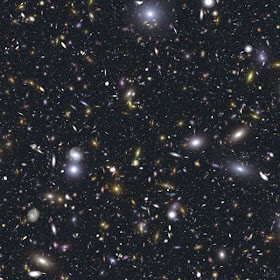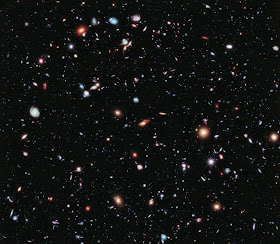I met Don Winget years ago on a cloudy night in the control room of the Otto von Struve Telescope. His enthusiasm and excitement was overflowing. I could hardly see his face, lit eerily by red lights, but his words painted a picture of far away white dwarf stars. These stars are pulsating, cooling, and perhaps intertwined with mysterious undiscovered axion particles. He continues extraordinary pursuits. He is looking for white dwarfs on earth with the Z Machine. The Z Machine releases a powerful electrical discharge over a brief amount of time to create plasma, X-rays, shock waves, and an electromagnetic pulse. The Z Machine releases several times the combined energy output of all power plants on earth for a few brief nanoseconds with each shot. Usually it does nuclear weapons research, but this wonderful research aims to simulate aspects of white dwarf stars on earth and it is inspiring art.


